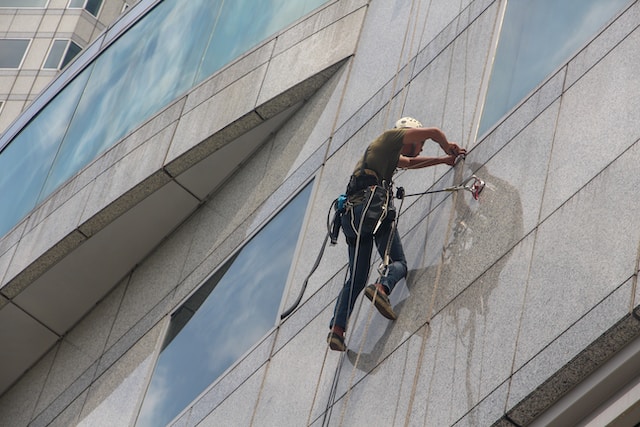Introduction: In the vibrant city of New York, a disheartening reality persists—the widening unemployment gap between Black and White residents. This article aims to delve into the factors contributing to this growing disparity, examine the consequences it poses for individuals and communities, and advocate for measures to address this pressing issue. 1. A Growing Divide:
Introduction:
In the vibrant city of New York, a disheartening reality persists—the widening unemployment gap between Black and White residents. This article aims to delve into the factors contributing to this growing disparity, examine the consequences it poses for individuals and communities, and advocate for measures to address this pressing issue.
1. A Growing Divide:
Recent data paints a concerning picture of the employment landscape in New York. While the unemployment rate for White residents stands at 5%, their Black counterparts face an alarming rate of 12%. This widening gap not only highlights the persistent challenges faced by Black individuals but also underscores the need for a comprehensive approach to bridge the divide.
2. Unmasking Systemic Inequities:
To truly understand the factors perpetuating the widening unemployment gap, it is essential to uncover the systemic inequities at play. Historic racial discrimination, unequal access to quality education, limited job opportunities in marginalized communities, and biases in the hiring process all contribute to this disparity. Recognizing these underlying issues is crucial in developing targeted solutions.
3. The Human Toll:
Behind the statistics lie the stories of individuals and communities affected by the widening unemployment gap. High unemployment rates among Black residents can lead to economic instability, limited access to healthcare, and social challenges. The repercussions extend beyond individual lives and have far-reaching consequences for families and neighborhoods, exacerbating existing inequalities.
4. Empowering Through Education and Training:
Investing in education and skills training is a critical step in addressing the unemployment gap. By providing equitable access to quality education, vocational programs, and apprenticeships, we can equip individuals with the tools necessary to compete in the job market. Partnering with educational institutions, community organizations, and businesses is vital in creating pathways for success.
5. Fostering Inclusive Workplaces:
Addressing bias and promoting diversity in the workplace is essential to reducing the unemployment gap. Employers must actively challenge discriminatory hiring practices, create inclusive environments that value diversity, and prioritize equitable opportunities for all. Diverse perspectives and experiences contribute to innovative solutions and stronger communities.
Conclusion:
The widening unemployment gap between Black and White New Yorkers demands immediate attention and concerted efforts from all stakeholders. By acknowledging and addressing systemic inequities, investing in education and skills development, fostering inclusive workplaces, and promoting targeted policies, we can work towards narrowing this divide. It is only through a collective commitment to justice and equality that we can create a city where opportunities are accessible to all, irrespective of their race or background.

















Leave a Comment
Your email address will not be published. Required fields are marked with *